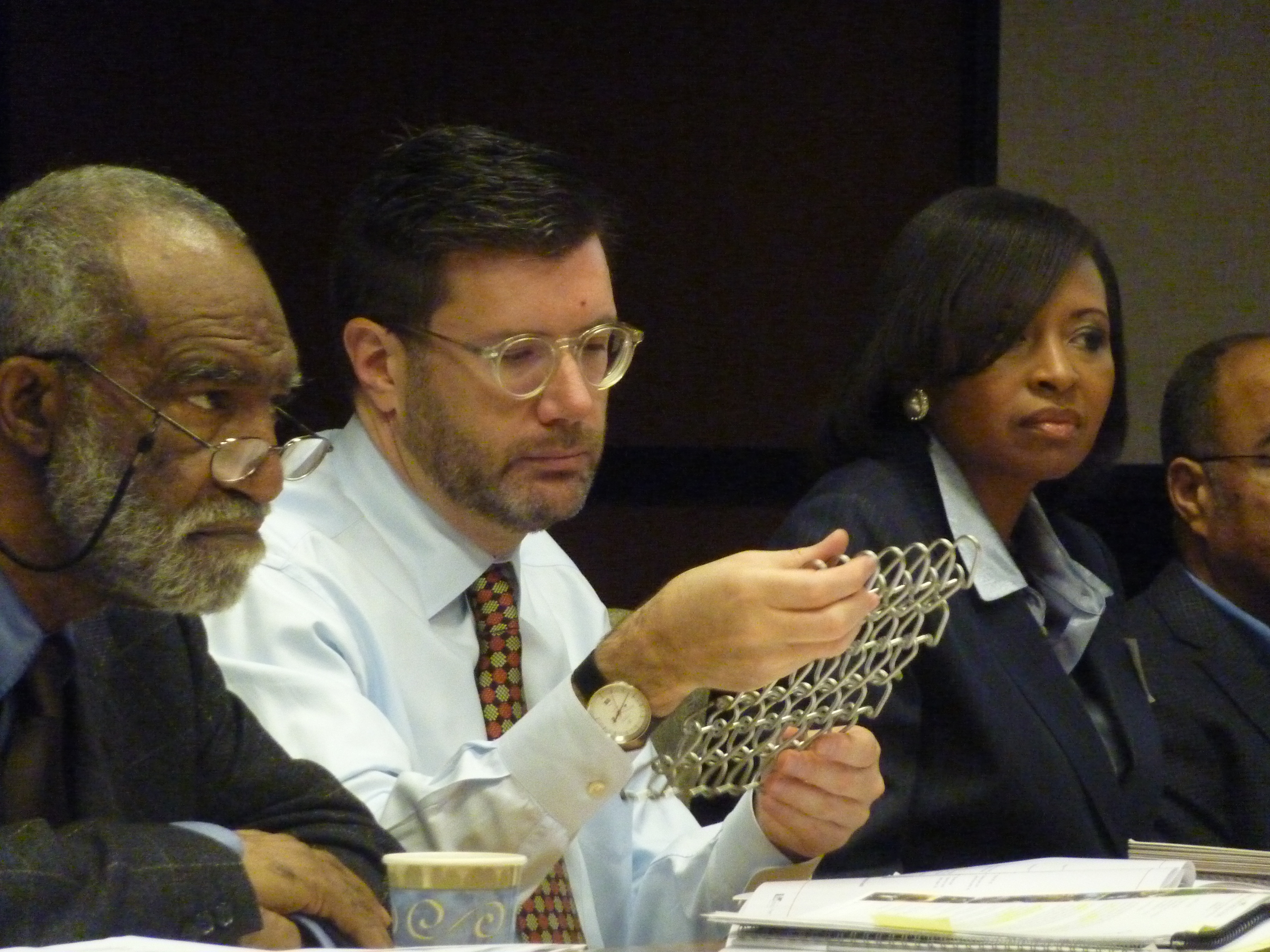Emanuel Kelly, a respected architect with local roots, will be the new Chairman of the Philadelphia Art Commission, a powerful gatekeeping body that stewards the city’s visual legacy. Kelly succeeds former University of the Arts president Sean Buffington, who became vice president for planning and strategic initiatives at the Henry Luce Foundation in New York City. Moore College president Cecelia Fitzgibbon will fill the vacated seat on the commission for faculty or board members at a teaching institution.
Kelly, who has degrees from Drexel and Harvard and has taught at Temple, is co-founder and President of Kelly/Maiello, a minority-owned architectural practice offering building design, planning and other architect services.
He has more than 41 years of experience in the design, documentation and construction of architectural, urban design and planning projects. Some of his key projects have been The President’s House, Independence National Historical Park, the Pennsylvania Convention Center expansion, West Philadelphia High School and the Family Court master plan and renovations.
Kelly, whose 16 years on the Art Commission span the last two mayoral adminstrations, says he feels blessed to have worked with essentially the same group of fellow design review experts during the last eight years.
“We are the stewards of, the custodians of, the city’s fabric as it has to do with overseeing projects,” Kelly said. He explained that while the commission’s role has remained essentially the same since 1920, when it was created to keep tabs on public art and sculpture, its mission soon encompassed a broader arena of public works projects. That path in turn led to the notion of overseeing anything built on or over public land, which includes sidewalks and streets.
Longtime observers of the Art Commission’s work (
the next monthly meeting is next Wednesday) will concur that Kelly is
always detail oriented, meticulous, balanced and focused in his critique of projects that come before the commission.
José M. Almiñana, a principal at Andropogon Associates, Ltd. who occupies the commission’s landscape architect seat, echoes that committment. “I have had the pleasure to serve with Manny for seven years in the Art Commission, and truly appreciate his thoughtfulness and fairness when reviewing the proposals brought to the commission and share his commitment to make Philadelphia a better place for all its citizens,” he said.
A bit of background on the Art Commission’s charge. The Commission is currently administered through the Philadelphia City Planning Department. (As outlined in the City’s Home Rule Charter, it was originally part of the Department of Public Property. Then, under the Rendell administration, it was moved to the Commerce Department. Its latest shift is a function of PCPC’s design review responsibilities.)
The charter includes among its list of the Commission’s responsibilities:
-
approval of any work of art to be acquired by the City;
-
approval of the design and proposed location of any City-funded building, bridge and its approaches, arch, gate, fence, or other structure or fixture;
-
approval of any structure or fixture [notably, signs or awnings] to be erected by any person upon or to extend over any highway, stream, lake, square, park or other public place within the City; and
-
approval of the removal, relocation or alteration of any existing work of art in the possession of the City.
Kelly says the driving forces behind the commissioners’ evaluation of projects that come before them are directly connected to how those proposals foster engagement.
“We have to think about certain specific details, and central to that are the character of a project, the scale and the sustainability of that work,” Kelly said. “Are the features of a building sustainable? Are the material sustainable? The city has changed and evolved but the notion of how new work engages what is already there has not changed. Take the new building at 500 Walnut, we look at the relationship of that building to the Penn Mutual tower. We look at the relationship of 500 Walnut to Independence Hall, to its community, to the residents behind it, to the Society Hill Civic Association.”
Kelly was raised in West Philadelphia and now resides in University City.




